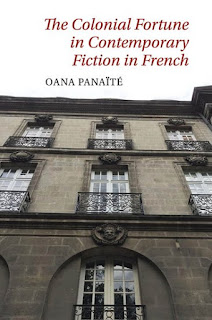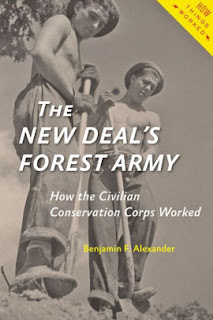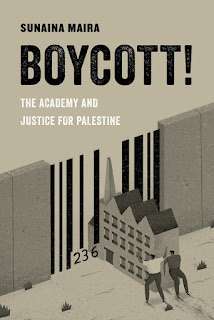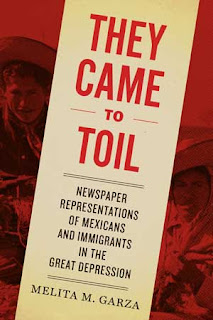 She applied the “Page 99 Test” to her new book, Mandatory Separation: Religion, Education, and Mass Politics in Palestine, and reported the following:
She applied the “Page 99 Test” to her new book, Mandatory Separation: Religion, Education, and Mass Politics in Palestine, and reported the following:Page 99 of my book addresses the formative role of the heder (Jewish communal school) in the imaginations of 19th century European Jewish writers who were active in what is called the Haskalah, or Enlightenment. For them, the heder was an old-fashioned institution that represented everything that was wrong with Jewish life and that seemingly prevented the complete absorption of Jews within European culture. As I write:Learn more about Mandatory Separation at the Stanford University Press website.
Within this literature, the abuses of the teacher are mirrored by the filthy conditions of the school, which is almost without exception portrayed as dark, dirty, and lacking space--both physical and psychological--for children to develop freely and flourish. If the Enlightenment marked a high point in the concern for the individual as an autonomous, self-fashioning agent, the heder represented the narrowness of the corporate Jewish community in which collective welfare was continually privileged over individual growth.In many respects, this section of Mandatory Separation touches on some of the book's central arguments, though it only does so with regard to the Jewish side of things. The book as a whole offers a comparative study of both Jewish and Islamic education during the 19th and early 20th centuries, and tracks the ways in which modes of religious learning were mobilized in Palestine in order to further Zionist and Arab nationalist goals. Page 99 also alludes to how such a transformation could take place, that is to say, how religious texts and institutions might become thoroughly instrumentalized for the sake of modern political ends. The page continues:
...for Zionist writers, it [the heder] could serve as a vehicle for the preservation and further development of the Hebrew language and culture but only on the condition that it be drastically transformed. The clearest articulation of this latent potential appears in Hayyim Nahman Bialik's short story 'Safiah' (Aftergrowth), in which the protagonist attends two different hederim. The first is characterized by the usual darkness, yiddishkeit, and physical filth, while the second offers a manifestation of what the heder could be: still seeped in the classical Jewish texts, but now conducted in Hebrew, often outdoors, and absorbed in tales of biblical heroism rather than with the ritual laws stemming from Leviticus. This impulse to reconstitute an institution--or an entire tradition--by returning to core texts, languages, and ideas was not unique to Zionists but emblematic of a larger modernist phenomenon that stressed the primacy of one's roots.Now, we often think about modernity as a secular project in which religion fades away and our lives become ordered by strictly rational forces. Yet, as I argue throughout this book, that narrative is deeply flawed. The old does not give way to the new, but is reanimated by it. Indeed, much of “secular” culture remains deeply indebted to religious symbols, narratives, ways of knowing, views of the self and others, and so on. And though Mandatory Separation is focused on Judaism and Islam, this is equally true of Christianity as well. For example, it’s impossible for me to think of Immanuel Kant’s notion of the rational, autonomous individual—so central to the Enlightenment and the entire cult of individualism in the West—without tracing its genealogy to Martin Luther’s concept of the accountable soul.
Finally, as the above passage indicates, these modernizing movements were oriented in many respects around a quest for roots. This is consequential, as a lot of thinking still revolves around the notion that the origin point is the most authentic expression of something (I’m looking at you, Constitutional originalists). Yet what remains so fascinating to me about religions is that they are constantly evolving, especially when they claim otherwise! While there are obviously some who deny the innovative aspects of their own faith and practice, there are mechanisms within many traditions for viewing this evolution in a positive light rather than as an aberration from a perfect past. Given all the reactionary nostalgia in our current political landscape, this is a lesson that we could all benefit from learning.
--Marshal Zeringue



















